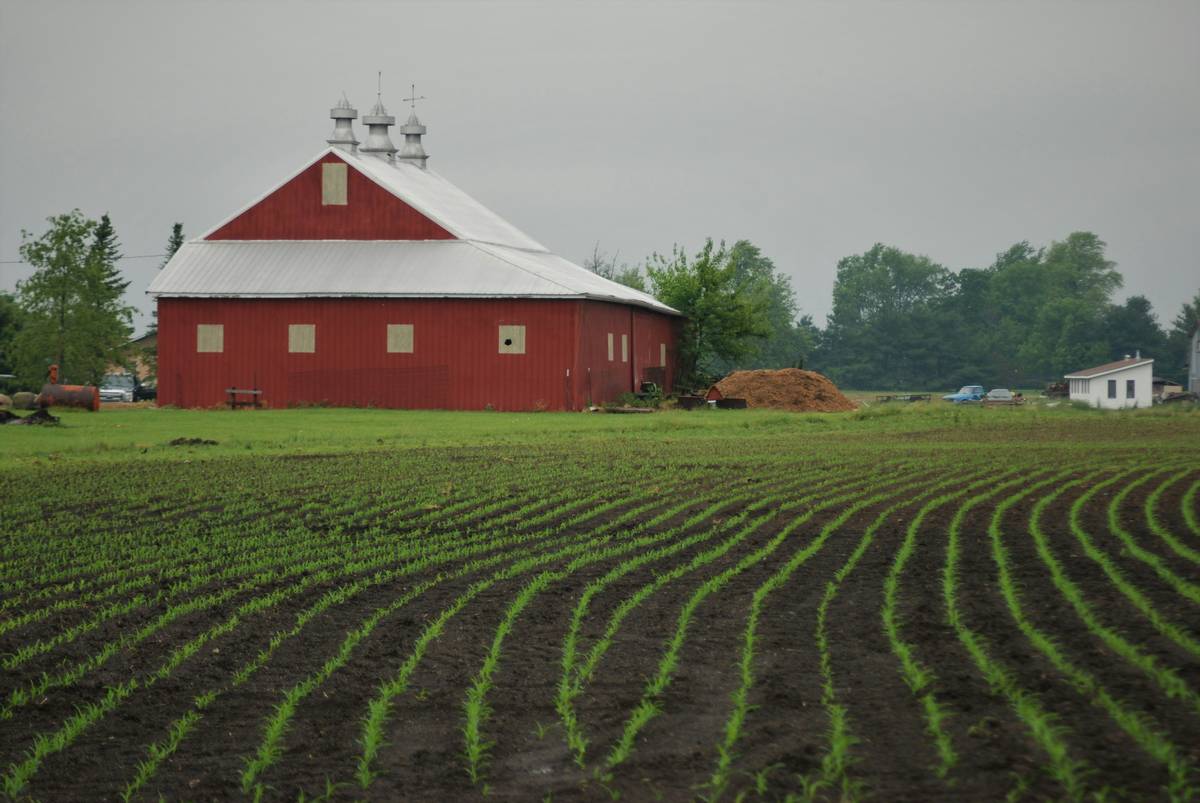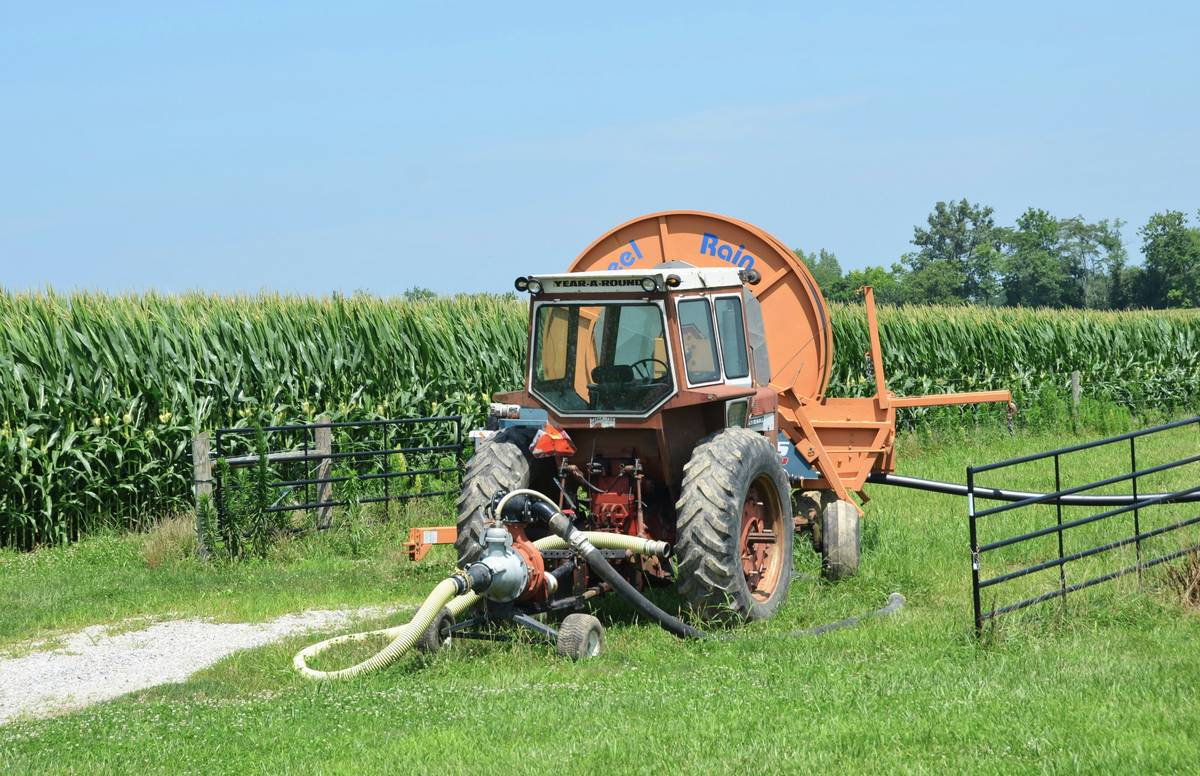Have you ever stared at your crops after a hailstorm, wondering how you’ll recover financially? You’re not alone. Farmers across the globe face billions in damages annually due to unpredictable hailstorms. But what if there was a way to defend your livelihood and budget before disaster strikes?
In this guide, we’ll explore everything from understanding hail insurance to actionable strategies for hail crop defense. By the end, you’ll know exactly how to safeguard your farm against nature’s wrath.
Table of Contents
- Why Hail Crop Defense Matters
- Step-by-Step Hail Crop Defense Plan
- Best Practices for Farmers
- Real-World Success Stories
- FAQs About Hail Protection
Key Takeaways
- Hailstorms can devastate crops and drain finances; proactive measures are essential.
- Pair physical defenses with robust hail insurance coverage.
- Success hinges on preparation—don’t wait until storms hit to act.
Why Hail Crop Defense Matters

Did you know hail causes an estimated $1 billion in agricultural losses each year in the U.S. alone? That number doesn’t even account for smaller-scale farms worldwide. As someone who once naively thought “it won’t happen to me,” let me tell you—it happens. And when it does, you better have a plan.
Nature’s Wake-Up Call:
A few years back, I watched as baseball-sized hail pummeled my cornfields. The sound was deafening—the kind that makes your teeth rattle. At first glance, all seemed fine. Days later, entire rows turned yellow, signaling irreversible damage. No warning, no chance to prepare. Lesson learned? Always be ready for Mother Nature’s tantrums.
Step-by-Step Hail Crop Defense Plan

Step 1: Assess Your Risk
Not every region faces the same hail risk. Use tools like NOAA’s historical weather data to identify patterns specific to your area. This step helps prioritize resources effectively.
Step 2: Invest in Protective Measures
Physical barriers like hail nets or row covers can shield vulnerable crops. They might seem costly upfront but consider them a wise investment compared to post-hail cleanup costs.
Step 3: Secure Comprehensive Insurance
Here’s where many farmers slip up—they think basic crop insurance will cover everything. Spoiler alert: It rarely does. Look specifically for policies labeled for hail protection. These often offer more tailored payouts based on actual crop loss versus generalized estimates.
Optimist You: “Insurance solves everything!”
Grumpy Me: “Only if you read the fine print. Otherwise, you’re just throwing money away.”
Step 4: Develop Emergency Plans
Create contingency plans detailing immediate actions post-hailstorm. Include steps like documenting damage for claims, contacting insurers ASAP, and consulting agronomists for recovery advice.
Terrible Tip Alert:
Don’t waste time trying DIY fixes like homemade netting systems unless absolutely necessary. Sure, duct tape and PVC pipes may seem creative, but professional solutions almost always outperform makeshift attempts.
Best Practices for Farmers
- Regularly review and update your insurance policy. Policies evolve; so should your coverage.
- Join local farming cooperatives to share knowledge about effective hailproofing techniques.
- Keep detailed records of crop types, yields, and projected profits. Documentation strengthens insurance claims.
- Diversify crops strategically. Some plants are naturally hardier against hail than others.
Real-World Success Stories
Texas farmer Laura Thompson faced two major hailstorms within five years. After switching to a specialized hail insurance plan and installing protective netting over her strawberries, she reduced financial losses by nearly 70%. “It felt overwhelming at first,” she says, “but now I sleep easier knowing I’m prepared.”
FAQs About Hail Protection

Q: Is hail insurance expensive?
A: Not necessarily. Premiums vary depending on location, farm size, and chosen coverage levels. Shop around for competitive quotes.
Q: Can I rely solely on physical barriers without insurance?
A: Technically, yes—but only if you’re confident they’ll hold up under extreme conditions. Realistically, combining both is smarter.
Q: What documentation do insurers require after hail damage?
A: Photos, videos, farm logs, yield projections, and any relevant receipts. Be thorough!
Conclusion
Facing hailstorms isn’t easy, but preparing for them is entirely manageable. By blending smart investments in protective gear with solid hail insurance, you set yourself up for success despite unpredictable weather. Remember: A little planning goes a long way toward saving crops—and peace of mind.
Like a trusty umbrella during a downpour, these strategies keep you one step ahead of chaos. Got questions? Drop them below!
“Fields battered, skies cleared,
Hail defense saves hope renewed.”
– Your friendly neighborhood agro-poet


